What Happens If You Press the Electronic Parking Brake While Driving
Many drivers still don’t fully understand how it works — and sometimes accidentally activate it while moving, which can lead to unpleasant consequences.
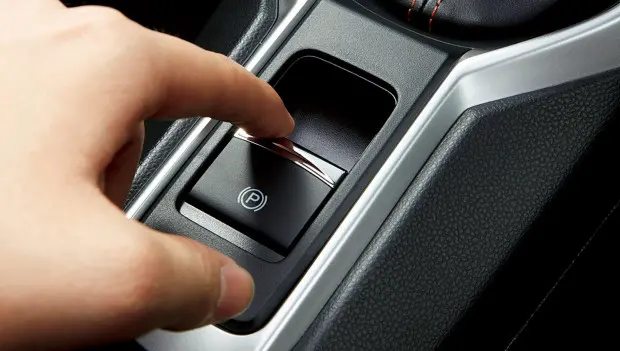
Modern cars increasingly come equipped not with a traditional handbrake lever, but with its electronic counterpart — the so-called electronic parking brake. This technology is no longer exclusive to premium vehicles and can now be found even in budget-friendly models. Yet many drivers still don’t quite understand how it operates, and some accidentally trigger it while driving — a mistake that can have serious consequences, including the risk of an accident.
Unlike a conventional mechanical handbrake, which uses a cable to apply force, an electronic parking brake relies on small electric motors. When the driver presses the button, those motors activate the rear brake pads, locking the vehicle in place — for instance, on an incline or uneven surface.
Although this system is more expensive and requires more complex servicing, it offers clear advantages. First, it eliminates the bulky lever, freeing up cabin space — designers can now place cupholders or USB ports on the center console instead. Second, it works seamlessly with the Auto Hold function, which automatically keeps the car stationary at stoplights or in traffic, improving both comfort and safety.
Traditional cable-operated handbrakes were originally designed for parking, but they’ve often served as a lifesaver in emergencies. If hydraulic brakes failed and the pedal went to the floor, the manual handbrake allowed the driver to gradually bring the car to a stop. Combined with engine braking, it provided a surprisingly effective way to reduce speed, even in critical situations.
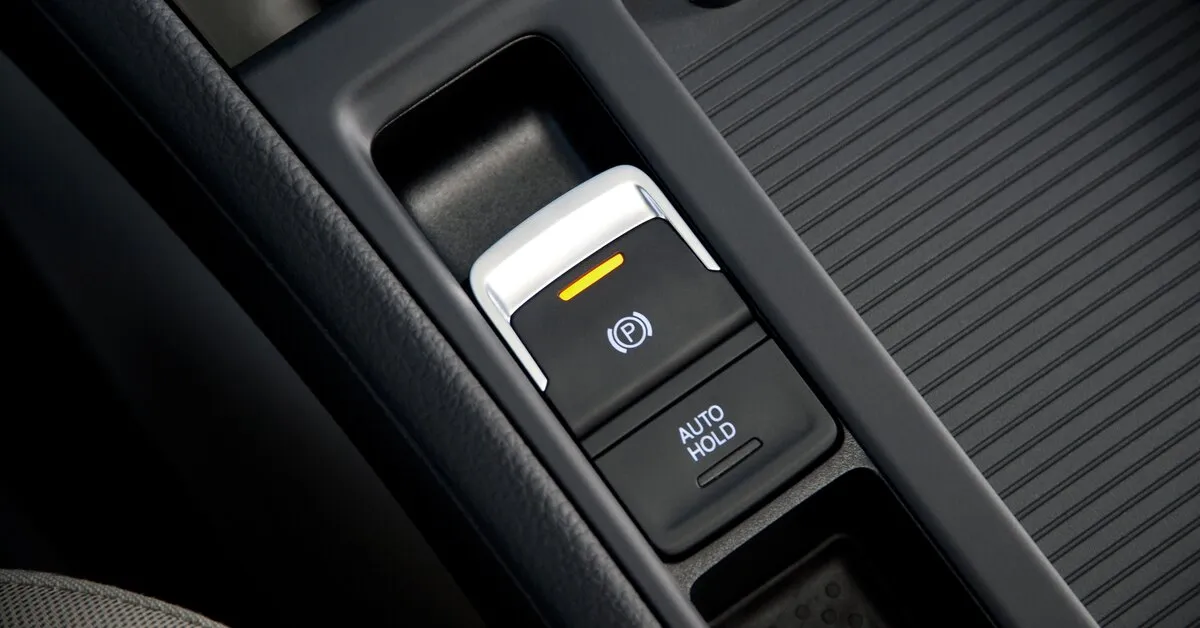
Another major advantage of the classic handbrake was maneuverability — it enabled sharp, controlled turns. On ice, snow, or gravel, locking the rear wheels while adding throttle could spin the car around in place — a trick familiar to rally drivers and winter motorists alike.
While modern electronic parking brakes can also assist in an emergency, their effectiveness depends on the vehicle’s make and how the system is programmed. A brief tap of the button while driving usually won’t lock the wheels — automakers have built in safeguards to prevent sudden activation and loss of control. However, holding the button down longer can produce very different reactions depending on the vehicle’s software.
In some cars, pressing and holding the button engages the rear brakes electronically, accompanied by a warning tone and a message on the dashboard. In these cases, the electronic brake can genuinely help slow the car in an emergency — or even enable a controlled skid if used deliberately.
That said, many entry-level or simplified systems don’t support this feature at all. In those vehicles, pressing the button while moving does nothing. To know exactly how your car behaves, check the owner’s manual section on the parking brake system.
It’s worth remembering that using the electronic parking brake while in motion should be reserved strictly for emergencies. Because it acts only on the rear wheels, it can easily upset the car’s balance, forcing the driver to countersteer constantly to maintain control. Such maneuvers require skill and caution — which is why using this feature intentionally, outside of an emergency, is strongly discouraged.
You may also be interested in the news:

If Zodiac Signs Were Cars: The All-Wheel-Drive Horoscope That’ll Take You Places
Or: Why This Horoscope Smells Like Gasoline, Personality, and a Little Bit of Therapy
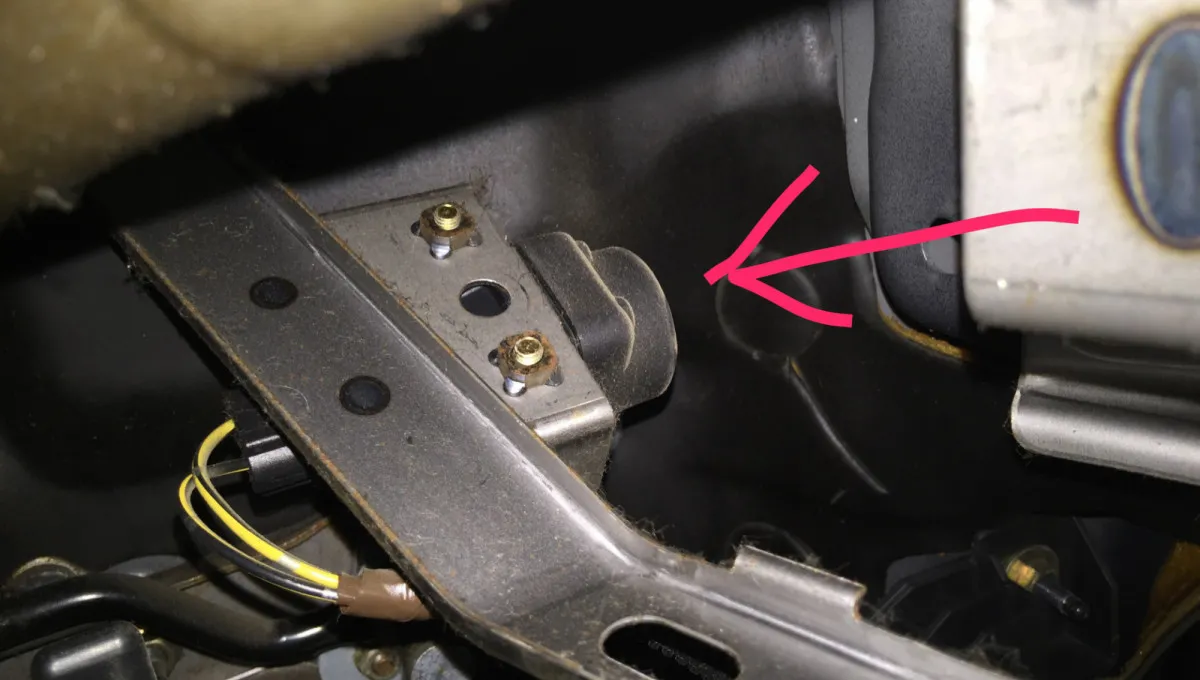
Mystery Button Hidden Under Most Car Dashboards — And Why So Many Drivers Don’t Know It Exists
Modern cars are packed with features and buttons whose purpose can be surprisingly hard to guess.
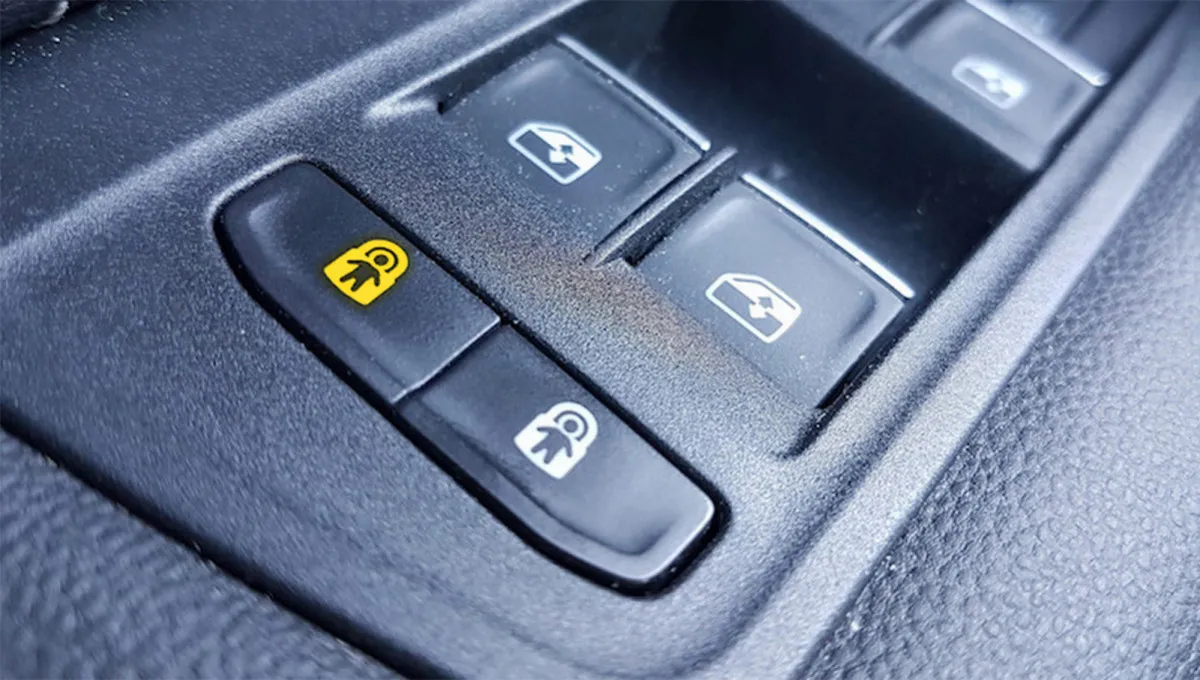
Astronaut Button: What This Mysterious Car Feature Actually Does
Some functions in a modern car make sense only after digging into the owner’s manual — and this little button is a perfect example.
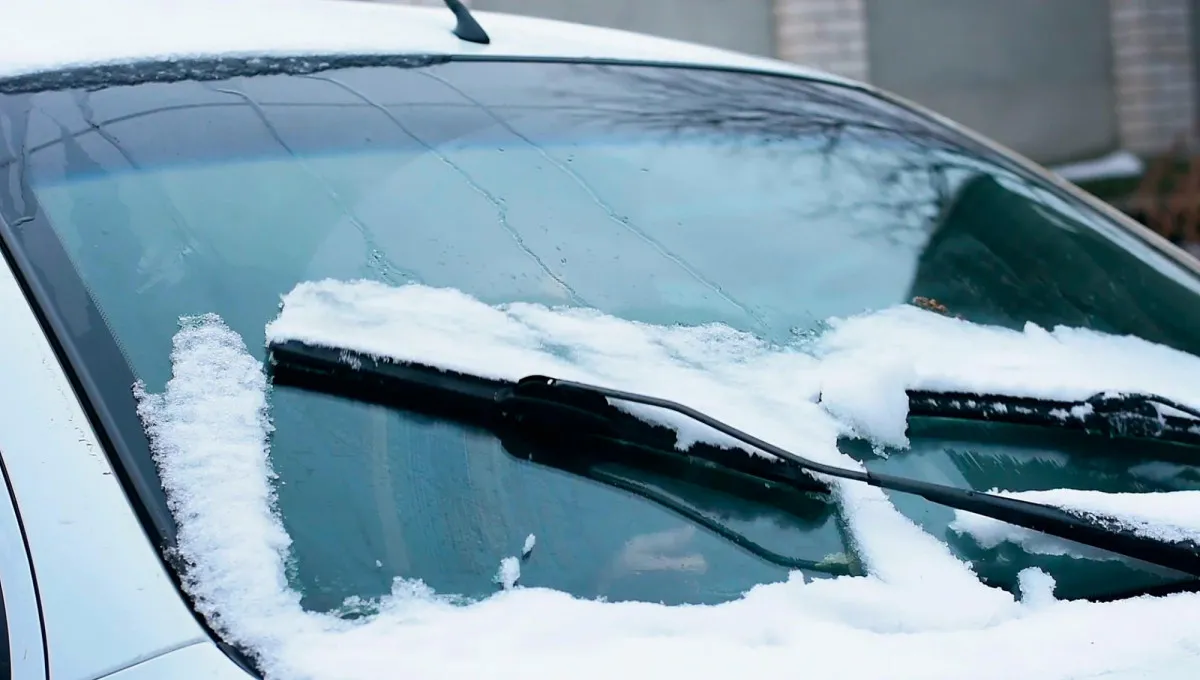
How to Activate Your Wipers’ “Winter Mode” — and Why It Exists
Many drivers can’t help wondering: is this a bug or a feature?

How to Protect Your Windshield from Ice: Helpful Tips and Personal Experience
How can you make sure your car’s windshield doesn’t turn into a sheet of ice overnight?